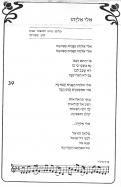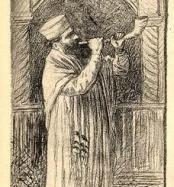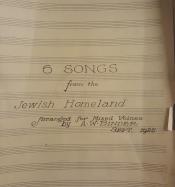(247 results found)
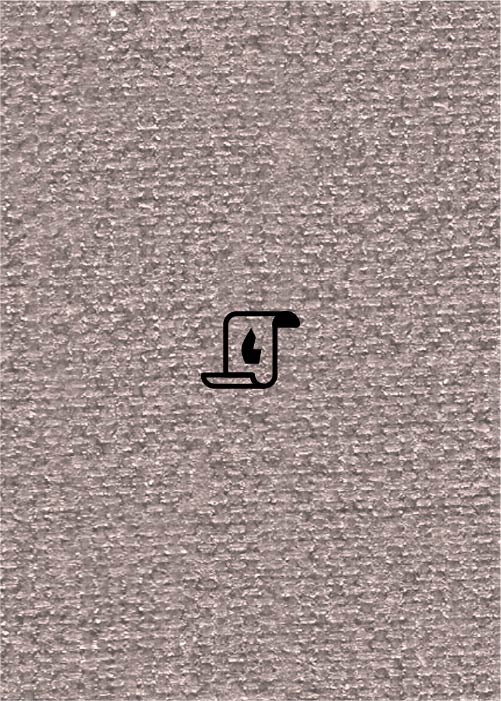
The Music and its Function in the Singing of the Qasīd anda birabbī dī kalaq (Hebrew)
… - includes three main types of poems: sirim (or, in Arabic: niswad ), sir ô t, and hallel ô t . All three … Jews … Yemenite community … Poems … Singing … Diwan … The Music and its Function in the Singing of the Qasīd anda …

Jewish Singing and Boxing in Georgian England
… composed of dry lists of names, titles, textual and musical incipits, folio numbers, concordances, variant … are merely the stuff from which the historical and musical story may be reconstructed. Yet, as every library mole knows, next to the incomparable thrill of actually holding and studying a …

Remarks Concerning the Use of the Melograph in Ethnomusicological Studies
… The Melograph, by now, has become part and parcel of ethnomusicological research and no longer needs an introduction. … Jews from many different cultural backgrounds, as well as Arab communities whose culture has remained intact. Our work … the maqamat , a study of the liturgical music of Christian Arabs in Israel, and an examination of the changes occurring …

Deux textes arabes inédits sur la musique
… annotée de deux textes manuscirts relatifs à la science musicale: (1) Texte anonyme, ms. Berlin, Or. 8350 fol. … Leyde, Or. 958, fol. 239a-240a. Les deux textes en langue arabe ne forment pas des traités complets et indépendants … de Ibn al-Akfani. A la suite de la découverte de la source arabe du fragment de la Genizah par Farmer, nous avons cm …

Le traité anonyme du manuscrit Hébreu 1037 de la Bibliotheque Nationale de Paris
… Les ouvrages judéo-arabes de théorie musicale sont relativement bien connus et accessibles aux … juive ou synagogale. Mais, si aucun des ouvrages judéo-arabes connus a ce jour ne constitue un traité de musique …
Rabbi Meir Eleazar Atiya
… The Jewish Music Research Centre of the Hebrew University of Jerusalem … of the relations and differences between the Moroccan Arab and Hebrew traditions of Andalusian music, and by his … age, we can celebrate his unique personality, which bridged Arab-Muslim and Arab-Jewish cultures without unnecessary …
“Eli Eliyahu:” The Havdalah Piyyut and its Melodies
… from B’nai Jeshrun: http://www.bj.org/spiritual-life/music-of-bj/invitation-to-piyyut-na/el-eliyahu/ Literary … asks for a revelation from God or from the Messiah. Music: Origins and Performances The piyyut “Eli Eliyahu” is … there is also an additional set of stanzas {A} in Judeo-Arabic and another refrain in Hebrew {B}. R A1 B C1 R A2 B …
A centerpiece of the High Holydays liturgy: Shofet Kol Ha'aretz in Moroccan and Yemenite versions
… of the opening stanza, is the refrain (the same words and music are repeated) and x, the last line of the rest of the … Shofet kol ha’aretz.” This is the earliest mention of the music of our poem, and obviously it indicates that in the … in detail, betraying respectively a distinct German or Arab influence, with a corresponding modification of …

Eastern Ashkenazi Biblical Cantillation: An Interpretive Musical Analysis
… and below each word. However, the chant also has clear musical features, with a variety of scales, motives, … In the present paper, I will provide a new perspective on musical features of Jewish cantillation in the Eastern … additional element, but part and parcel of the text, inseparable from it and inconceivable without it, and vice versa: …
Na’aleh L’artzeinu – A Simple Melody with an Intricate Story
… are indicated as “Yemenite” in origin and one is called “Arabian Love Song.” This songbook was the very first of its … that Binder may indeed have correctly identified an Arabic background melody to this song (though not … songs, such as the baladi songs of Syrian and Palestinian Arabs, where the minor mode sounds more like the Maqam …

